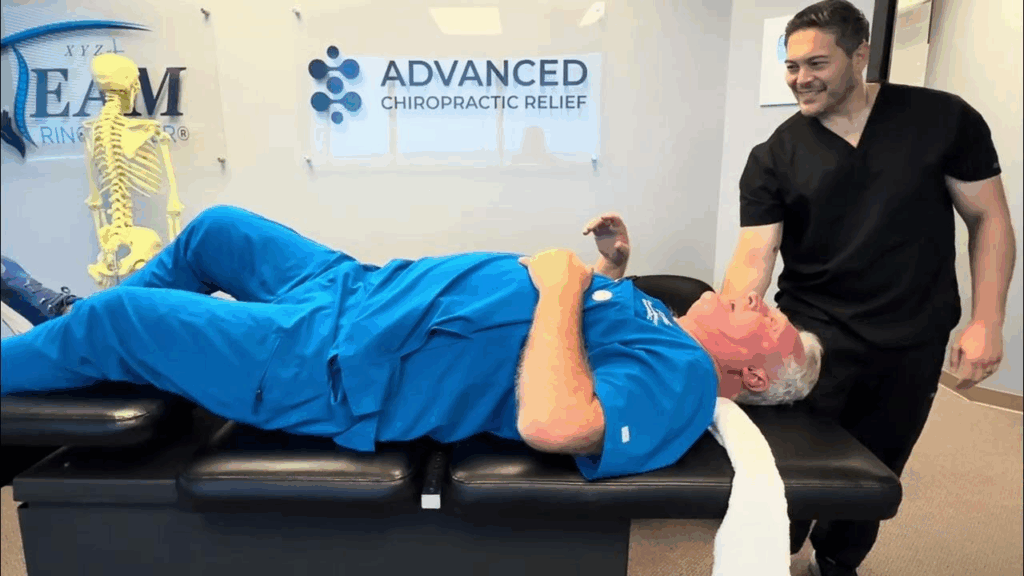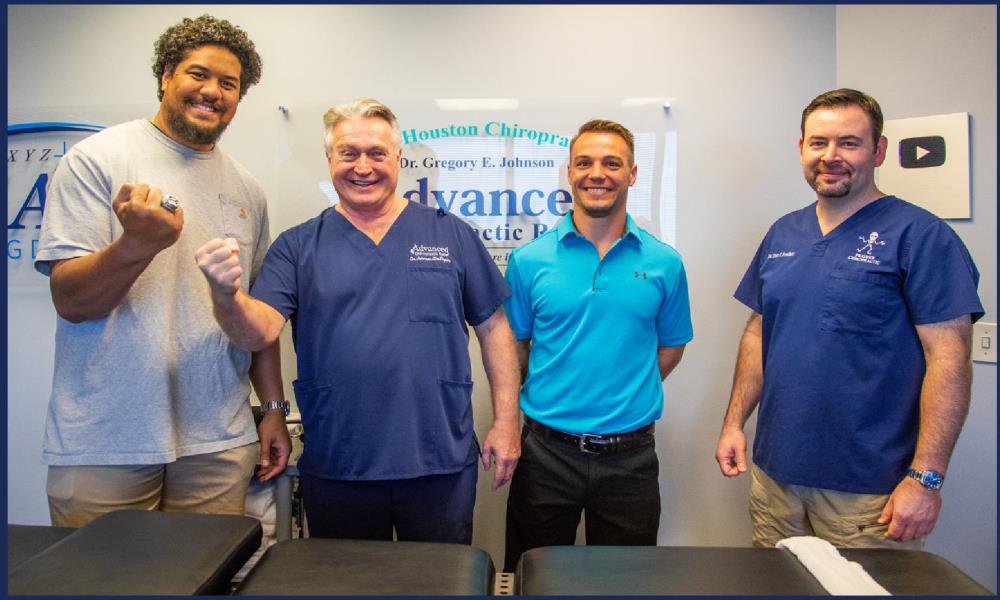Multi-treatment clinics often face a unique challenge: how to provide a variety of services efficiently without overcrowding the space or sacrificing patient care. Compression tables have become a critical solution in many practices, especially when versatility and patient comfort are top priorities. Selecting the right table can make a major difference in how treatments are delivered, how staff operate, and how patients experience care.
We believe that clinics benefit most from investing in well-designed, adaptable compression tables that support multiple types of therapy. Here’s a detailed guide on which compression tables work best in multi-treatment environments and what features matter most.
What Are Compression Therapy Tables?
Compression therapy tables are specialized devices used to apply controlled pressure to the body. This type of therapy helps improve blood circulation, reduce swelling, and promote recovery. These tables often incorporate technology that delivers consistent, targeted compression, allowing the practitioner to manage pressure levels, timing, and treatment areas.
Unlike basic treatment tables, compression tables are designed to integrate with other therapeutic tools or function as standalone systems. They are used in chiropractic care, physical therapy, sports rehabilitation, and wellness treatments, making them highly valuable in clinics offering multiple services.
Essential Features to Consider in a Multi-Treatment Clinic Table
When choosing compression tables for your clinic, focus on features that cater to diverse treatments and patient needs. Key considerations include adjustability, comfort, durability, and the ability to provide targeted traction for different conditions. Look for tables that offer customizable settings, reliable performance, and compatibility with your clinic’s treatment protocols to ensure optimal results for every patient:
1. Adjustability and Customization
In a multi-treatment setting, the ability to adjust table height, tilt, and sections can improve both patient positioning and therapist access. A table that allows smooth transitions between treatment positions can be used for everything from massage to chiropractic adjustments to compression therapy.
2. Space Efficiency
Many clinics work within limited square footage, so choosing a table with a compact design and integrated functions is essential. Look for tables that offer features like built-in compression systems without taking up extra room.
3. Multi-Therapy Compatibility
The best tables support a wide range of services. This includes compatibility with heating systems, vibration modules, or interchangeable components that make it easy to switch between treatments without moving the patient.
4. Durability
A table used several times a day must be built to last. Materials should be high quality, easy to clean, and resistant to wear. Pay attention to weight capacity, construction (steel frames vs. lightweight alloys), and motor quality if powered components are included.
5. Ease of Use
Tables with intuitive controls reduce setup time and improve treatment flow. Whether the compression settings are digital or manual, they should be easy to adjust during a session.
Benefits of Using an Advanced Compression Table for Therapy
Investing in advanced equipment brings lasting benefits. A well-designed table does more than just support the patient physically—it enhances the entire treatment process. Here’s how:
1. Streamlined Workflow
In multi-treatment clinics, time matters. An advanced compression table for therapy allows practitioners to switch between therapies efficiently. Instead of transferring patients to different equipment for each service, the therapist can perform several treatments on the same table, saving time and effort.
2. Improved Patient Comfort
Compression therapy requires precise positioning. A comfortable, adjustable table ensures patients can remain still for extended periods without discomfort. This leads to better treatment outcomes and fewer interruptions.
3. Consistency and Safety
Built-in systems offer consistent pressure levels, ensuring reliable treatment delivery. Manual methods may vary between therapists, but automated settings standardize the process and improve safety.
4. Professional Image
A high-quality compression table shows patients that the clinic invests in modern, effective tools. This contributes to a more professional appearance and can boost client confidence in the care they receive.
Types of Compression Tables and Their Suitability
Choosing the right table depends on your clinic’s treatment focus. Here are several common types and how they perform in a multi-treatment environment:
1. Static Compression Tables
These are basic models that rely on external systems for compression or manual techniques. They are affordable and durable but offer limited functionality without add-ons.
Best for: Clinics on a budget or those just starting out who plan to offer light compression therapy alongside other services.
2. Dynamic Compression Tables
These tables include built-in systems that deliver compression through air chambers, rollers, or mechanical systems. They often feature programmable settings and can be used across different patient types.
Best for: Busy clinics needing reliable performance and flexibility for treating various conditions.
3. Multi-Function Tables
Designed for versatility, these tables can support multiple therapies like spinal decompression, massage, and compression all in one. They often come with adjustable sections, attachments, and tech support.
Best for: Clinics offering a range of services and aiming to save space and money by using fewer individual machines.
4. Manual vs. Automated Controls
Manual compression requires therapist involvement throughout the session, while automated systems can be pre-set and monitored, reducing the physical demand on staff.
Best for: High-volume clinics benefit most from automation, but smaller practices may still prefer manual options for cost control.
Choosing the Right Table for Your Clinic Setup
Before making a purchase, it’s important to match the equipment with your clinic’s specific needs. We suggest considering the following:
1. Volume of Patients
If your clinic treats many patients daily, look for tables built for heavy use with reliable motors and low maintenance needs. Automated tables will also free up time between sessions.
2. Type of Services Offered
A practice that combines chiropractic care with massage and physical therapy will benefit more from a table that can handle all types of positioning and accessories.
3. Available Space
To optimize room layout, measure your space and compare it to the table’s dimensions. Opt for tables with foldable components or compact designs to maximize available space while ensuring functionality.
4. Budget
While cost is a factor, the long-term value is more important. Choose equipment that aligns with your clinic’s future growth and needs, rather than opting for the cheapest option available. Investing in durable, high-quality tools will support your clinic’s success over time. Look for warranties, support, and quality reviews.
Adding an advanced compression table for therapy into your workflow should feel like a natural upgrade—not a compromise. That’s why selecting the right model is key to long-term satisfaction.
Maintenance and Staff Training Considerations
Compression tables need regular maintenance to perform at their best. Here’s how we handle it:
1. Routine Checks
We inspect all moving parts, motors, and connections weekly. Any signs of wear are addressed immediately to avoid downtime.
2. Clean Surfaces
After every session, tables are cleaned with non-abrasive disinfectants that are safe for medical equipment. Upholstery is kept free of cracks or tears to maintain hygiene.
3. Training
All staff members are trained on how to use the compression settings safely and effectively. This includes learning how to adjust pressure, switch modes, and manage patient comfort.
4. Manufacturer Support
We rely on supplier-provided manuals and customer service to stay updated on new features and repair procedures.
Proper care protects both patients and the table itself, ensuring your investment delivers results for years to come.
Choose the best one
Choosing the best compression table for a multi-treatment clinic comes down to performance, flexibility, and value. A quality table allows practitioners to deliver multiple services on one surface, saving space and time while improving patient satisfaction. The features that matter most—adjustability, ease of use, durability, and multi-purpose compatibility—should guide your decision-making.
At Advanced Chiropractic Equipment LLC, we understand the impact the right equipment has on a clinic’s performance. By focusing on tools that support a wide range of treatments, we help businesses grow stronger, safer, and more efficient.
If you’re planning to expand or streamline your clinic services, investing in the right compression table is one of the best steps you can take. A reliable advanced compression table for therapy doesn’t just improve care—it transforms your entire practice.
FAQs
What are the different types of spinal decompression tables?
Spinal decompression tables include motorized, manual, cervical, and lumbar-specific models, each offering various traction and positioning features.
What are treatment tables used for?
Treatment tables provide a stable, adjustable surface for chiropractic, physical therapy, and medical procedures to support patient comfort and care accuracy.
What is the difference between an inversion table and a decompression table?
Inversion tables use body weight and gravity, while decompression tables apply controlled, targeted traction with adjustable mechanical systems.
What are tables best used for?
Tables are best used for supporting patients during diagnosis, therapy, and recovery, offering ergonomic access for practitioners and comfort for patients.
What solution do we use to clean treatment tables?
Use a hospital-grade, non-abrasive disinfectant approved for medical equipment to safely clean and sanitize surfaces without damaging upholstery.


